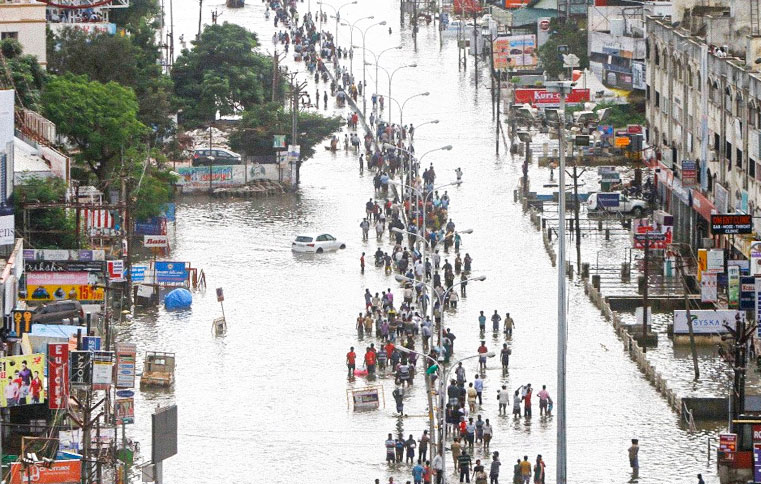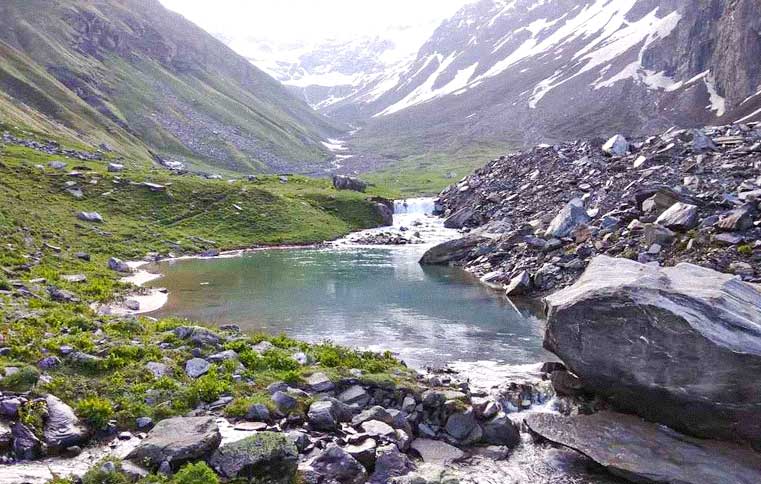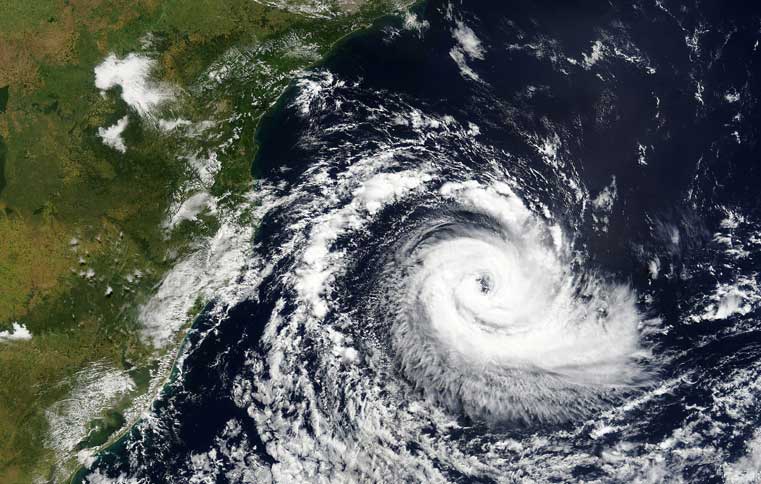Atmospheric Water Generator : Water From Thin Air - PART III
By: Saurabh Kulkarni | Date: 17th September 2019
The research work going around the globe to facilitate the production of AWGs
The researchers from various parts of the world are making an effort to commercialise a more practical Atmospheric Water Generators. A research team from University of California Berkley (UCB) has built an AWG model that works without using any external power source.
It uses a zirconium-based MOF powder to absorb water from air. This powder is very porous in nature as one gram of it has a surface area larger than a football field. The device is activated at night when the saturation of air is maximum & the MOF powder absorbs the water vapour.
During the day, MOF powder is covered by aerogel which absorbs heat from the sun and heats the powder. When there is a contact between water vapour from this heated powder and condenser, liquid is formed as a result.
The UCB team tested the device with MOF-801 in the Arizona desert and MOF-303 in the lab yielding 100 ml & 400 ml of water per kilogram of powder respectively.
During the Visioneering 2018, the water abundance grand prize of 1.75M was received by Skysource/Skywater Alliance for developing easily employable high-volume water generator which can be used in any climate.
In this competition they successfully carried out the extraction of a 2000 litres of water per day from the atmosphere at a cost of max two cents per litre with 100% renewable energy.
From mortgaging his house for funding the WEDEW (wood-to-energy deployed water) model to winning the grand prize it has all been worth it for architect David Hertz, team lead.
The technology is a blend of Skywater’s already existing unique technology called Adiabatic Distillation Process and low-cost fuel source called Biomass Gasifier which makes use of anything from chips of wood to shells of coconut. The system is also supportive of solar and battery energy. I encourage you to please go through this important read https://www.skywater.com/technology.
It is also glad to know that India is not far behind in producing this technology. Take a look at Bharat Electronics manufactured Atmospheric Water Generator in collaboration with CSIR-IICT and MAITHRI (a Hyderabad based start-up).
It has 4 variants based on the capacities of 30, 100, 500, & 1000 LPD (litres per day). The method used is the heat exchange to condense the atmospheric moisture producing safe & clean potable water.
It also includes two configurations- static & mobile (vehicular). Mineralisation unit is accompanied with the system adding necessary minerals to make the water potable. As seen below, it was displayed at AERO India 2019.
On individual level, it is worth mentioning a young Indian, a Chennai based researcher & entrepreneur Kumar Loganathan, has developed a solar energy powered AWG generating water which is purified by Ultra Violet Light sterilizer at less than 84 paise per litre at the same time cleansing the air.
Let us come to the juicy part from a business point of view. Following is the snapshot of how the global trend is in favour of AWG production & sales.
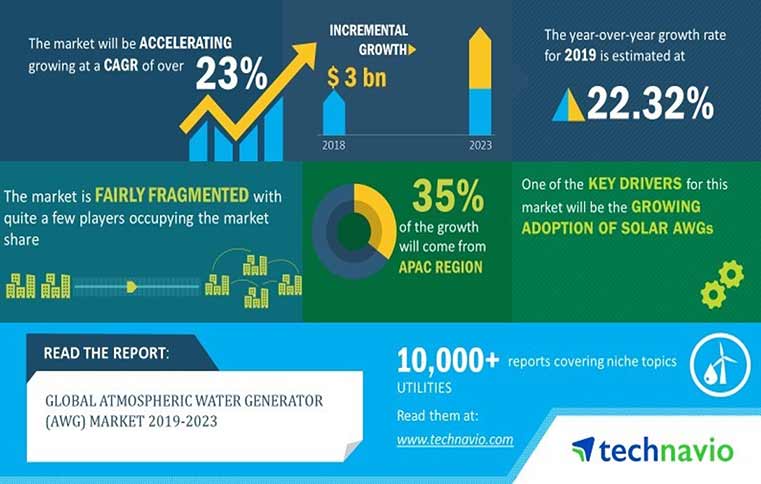 Image Source: Technavio
Image Source: Technavio
The flip side of the coin
1. The magic of turning air we breathe into water has certain limitations. The most daunting drawback is the efficiency of AWG is very climate specific, it very much fails in cold and dry climate due to lack of enough humidity in air. When there would be no water vapour how do you plan to get water from air?
2. Use of sustainable and renewable energy resources for the development and wide spread of this technology is of utmost importance. Because you cannot pollute the nature and still expect from it to feed you water.
3. Finance! Water as a source of life cannot be put under the bracket of monopoly when the question arises who would handle the unnatural production of water. Right policy making & implementing, rigorous reforms and honest monitoring would hold the key to not let this technology to fall into the chaos of commercialisation.
4. The last concern is from a moral stand point of the argument. While the necessity is driving us to pluck water from air, this in the future- near or far should not become an act of free will.




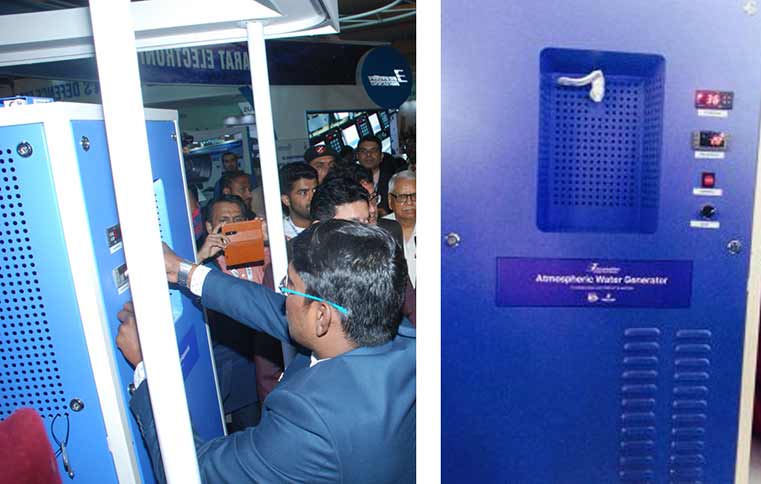 Image 1:
Image 1: 

